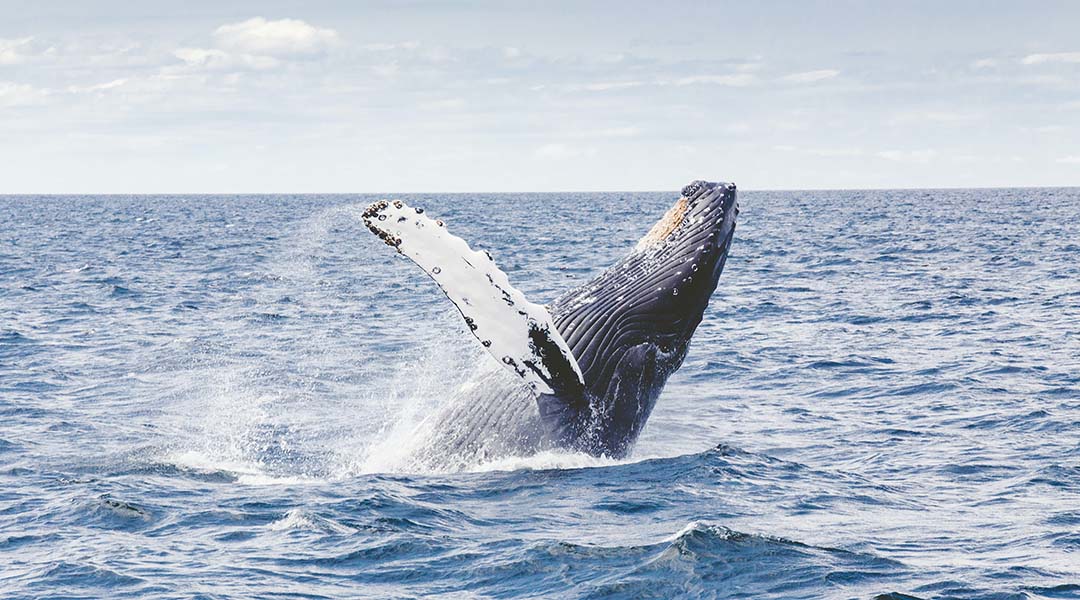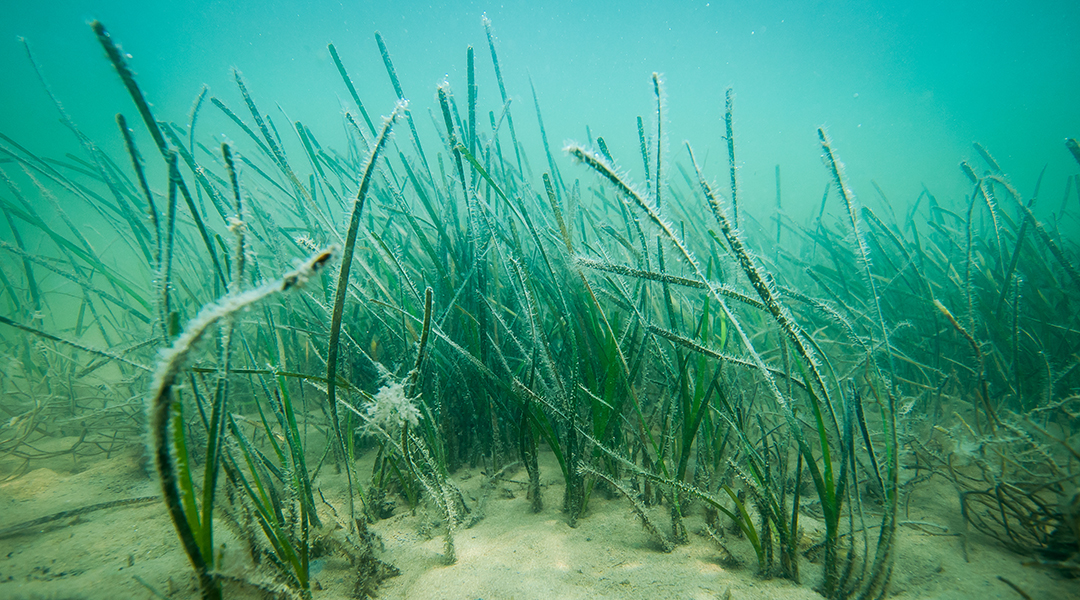Nine different ways of using technologies based on microbes that can make space research more circular and generally more sustainable.


Nine different ways of using technologies based on microbes that can make space research more circular and generally more sustainable.

As humpback whale populations increase, two decades worth of data finds they are shifting from singing to fighting as their preferred mating strategy.

Seagrass roots make underwater sand more resistant to strong waves and reduce coastal erosion by 70%.

A new manufacturing technique to grow perovskite crystals for high-performance solar cells uses “face masks” to minimize imperfections.

A lot is riding on COP27, and while many are feeling the pull of cynicism, there are still many reasons to remain optimistic.

A new coating designed for sub-ambient radiative cooling could help combat global warming by curbing energy use.

Chicken feathers enhance the quality of biogas produced from human waste, allowing impoverished communities to generate their own power.

This year’s World Water Day theme is groundwater, and here’s what some scientists have found recently about this precious resource.

An all-hands-on-deck initiative aims to fast track innovative technologies to remove atmospheric carbon dioxide.

With questions centered around cost and how long the transition will take, how do we convince people that the transition to renewables will be worth it?